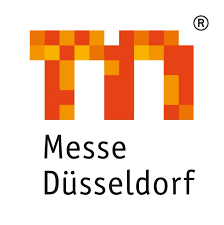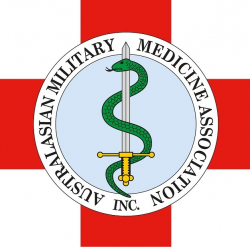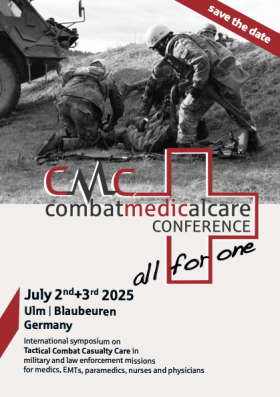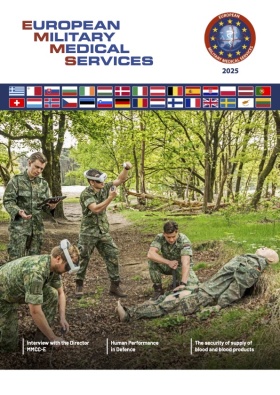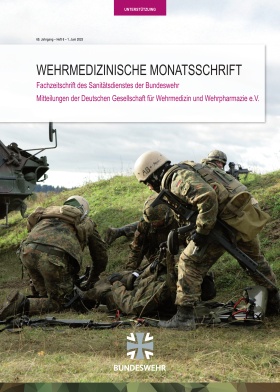
Article: Pinchas (Pinny) Halpern
Cutting Edge Medical Technologies in Battlefield and Disaster Medicine
Introduction
This article examines the transformative role of modern medical technologies in disaster and battlefield medicine. It highlights the “perfect technological storm” created by increasing disasters, shortages of trained personnel, and rapidly advancing technologies. The report identifies opportunities and barriers to implementation through real-world examples and analysis, outlines possible solutions, and provides a vision for integrating human expertise and advanced systems in critical care. In my opinion, disaster and combat medicine face increasing challenges that necessitate the implementation of disruptive technological innovations. The objectives of this exploration are to address unmet needs through technological advancements, to highlight barriers to adoption and offer solutions, and to ensure transformative technologies enhance care in extreme environments.
The “Perfect Technological Storm”
The medical field is navigating an unprecedented intersection of rising challenges and, thankfully, extraordinary opportunities:
- Epidemiology of critical events
Natural disasters and wars have increased in frequency and severity, amplifying casualties and operational demands.
- Workforce evolution
There is a universal shortage of trained medical responders in these fields. At the same time, the emerging generation of personnel is more comfortable with technological tools, enabling easier adoption.
- Technological advantages
Rapid development in artificial intelligence (AI), machine learning (ML), and robotics have created new opportunities to address these needs.
These are certainly the ingredients for a perfect technological storm.
Transformative technologies in practice
Various technological developments have already had an enormous impact on the transformation of disaster and combat medicine. A brief impression with some examples of this great progress is outlined below. Artificial intelligence (AI) and video-based triage, identification, and tracking of casualties enhance speed and accuracy in patient assessment, improving command and control of complex situations. (Figure 1). Unmanned Aerial Vehicles (UAVs) assist in reconnaissance, generating both a broad and local picture, maintenance, casualty evacuation, and supply delivery. (Figure 2).
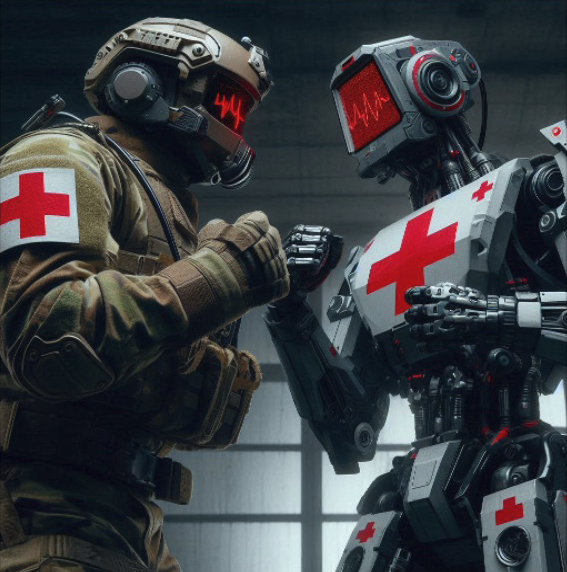
Figure 1: Appropriate interaction between human and robotic caregivers is becoming increasingly relevant and will soon be critical. The balance between human and robotic caregivers is gradually shifting, with robots assuming more roles and often replacing humans (e.g., accessing dangerous areas, transporting casualties, documenting events, etc) (source: AI-generated by the author)
Portable Ultrasound (POCUS) is a major disruptive diagnostic and, thus, decision-support technology familiar to many, if not most, younger-generation medical operatives. Assistive, AI-based applications improve image acquisition and lower operator training requirements. Automated diagnostics improve field-level accuracy. (Figure 3)
AI-driven command systems facilitate real-time casualty tracking, triage, and decision-making in complex scenarios.
Despite their potential, these new technologies face significant obstacles or, as mentioned further, “barriers” to implementation. First, there is resistance to change. Indeed, high-stress environments tend to discourage the adoption of unfamiliar tools, especially by field operators. Second, there are limited opportunities for rigorous trials in sudden-onset disasters and combat. Technologies are often implemented based on non-disaster experience, studies, and regulatory approval or without any such background. Experience gained is rarely described and published in peer-reviewed journals and is rarely acquired in the context of formal studies. In other words, evidence of effectiveness is not obvious. Third, regulatory challenges don’t make things any easier. There is a lack of clear legal and ethical frameworks for implementing
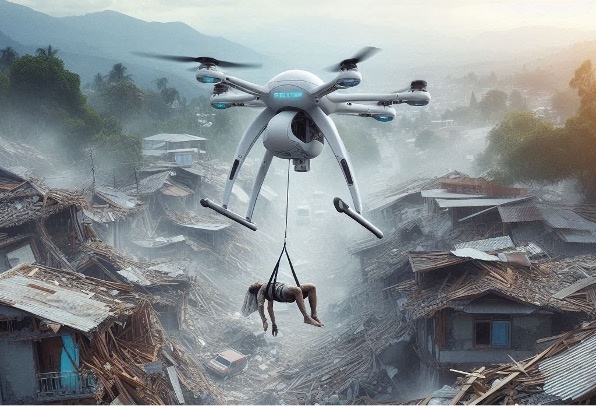
Figure 2: Autonomous drones are increasingly taking over casualty extrication and transportation, also decreasing risks to human operators. (open source)
disaster technology and a unique degree of difficulty in obtaining the required information in a planned and appropriate manner. Furthermore, there are also concerns about cost and return on investment. Commercial companies are often reluctant to fund technologies relevant to disaster management due to their infrequent and often unpredictable use. The likelihood of profit-making is difficult to predict, except in military-relevant technologies. Finally, in terms of compatibility and maintenance, many “disaster-relevant” technologies, such as those for combat medicine, are dual-used for civilian disasters, posing unique and often expensive development, testing, and manufacturing challenges.
However, there are several strategies to overcome these barriers and ensure the successful implementation of medical technology in disasters and military operations; these can be broadly categorized into four.
And so that is why one should try
- Focus on user-centered design and engage frontline responders in the early stages of problem definition and solution development.
- Prioritize iterative testing and improvements based on real-world feedback; don’t rely solely on simulations and expert opinions from key opinion leaders.
- Ensure multidisciplinary collaboration between engineers, clinicians, field commanders, and policymakers throughout the research and development process and after implementation; and
- Plan for data acquisition and report generation during the (usually unplanned) implementation of the technology; in other words, provide structured reporting forms and integrated reports whenever the technology supports them (e.g., within a digital application).
In addition, unfiltered information overload can hinder responders. AI systems address this by triaging non-urgent messages, fusing and summarizing redundant communications, enhancing focus on critical systems and patient care decisions, and providing decision support. In other words, digital minimalism and information management are of utmost importance.
Lessons from field implementation
Meanwhile, practical “real-world” applications in recent military conflicts have led to significant adjustments to field clinical protocols, e.g.:
- Reduced endotracheal intubation indications.
- Sharply reduced indications for chest drainage.
- Virtual elimination of chest needle application.
- Expansion of the use of field-ready whole blood;
- Gradual introduction of point of care ultrasound (POCUS) training and field implementation (Figure 3); and finally
- Improved decision-making through frontline feedback loops.
But the near future also promises a deeper integration of technology in disaster medicine. The emphasis remains on leveraging technology to bridge manpower and quality gaps, enhance efficiency, and improve operator safety while ensuring that technology does not interfere with casualty care and incident management. This approach also maintains human oversight to ensure ethical and effective care.
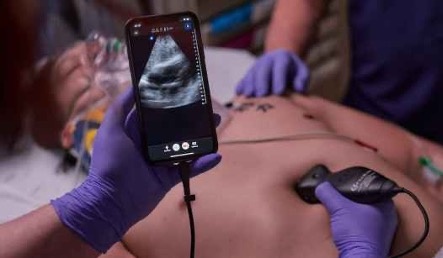
Figure 3: Point-of-Care US (POCUS) is rapidly making inroads into field medical care. AI-assisted US image acquisition and analysis is becoming ubiquitous. (source: AI-generated by the author)
Conclusion
Technology represents a critical force multiplier in disaster and combat medicine. While advances can partially replace human roles, they cannot and likely will not replace the need for human expertise in the foreseeable future. The future lies in using these tools wisely to empower caregivers and improve outcomes in the most challenging scenarios.
References available on request from the author.
Author:
Lieutenant Colonel (IDF MC) (Ret.) Prof. Dr. Pinchas (Pinny) Halpern,
MDformer Chair of Emergency MedicineTel Aviv University and Medical Center, Israel
Email: [email protected]
Date: 07/08/2025
Source: EMMS Magazine 2025


